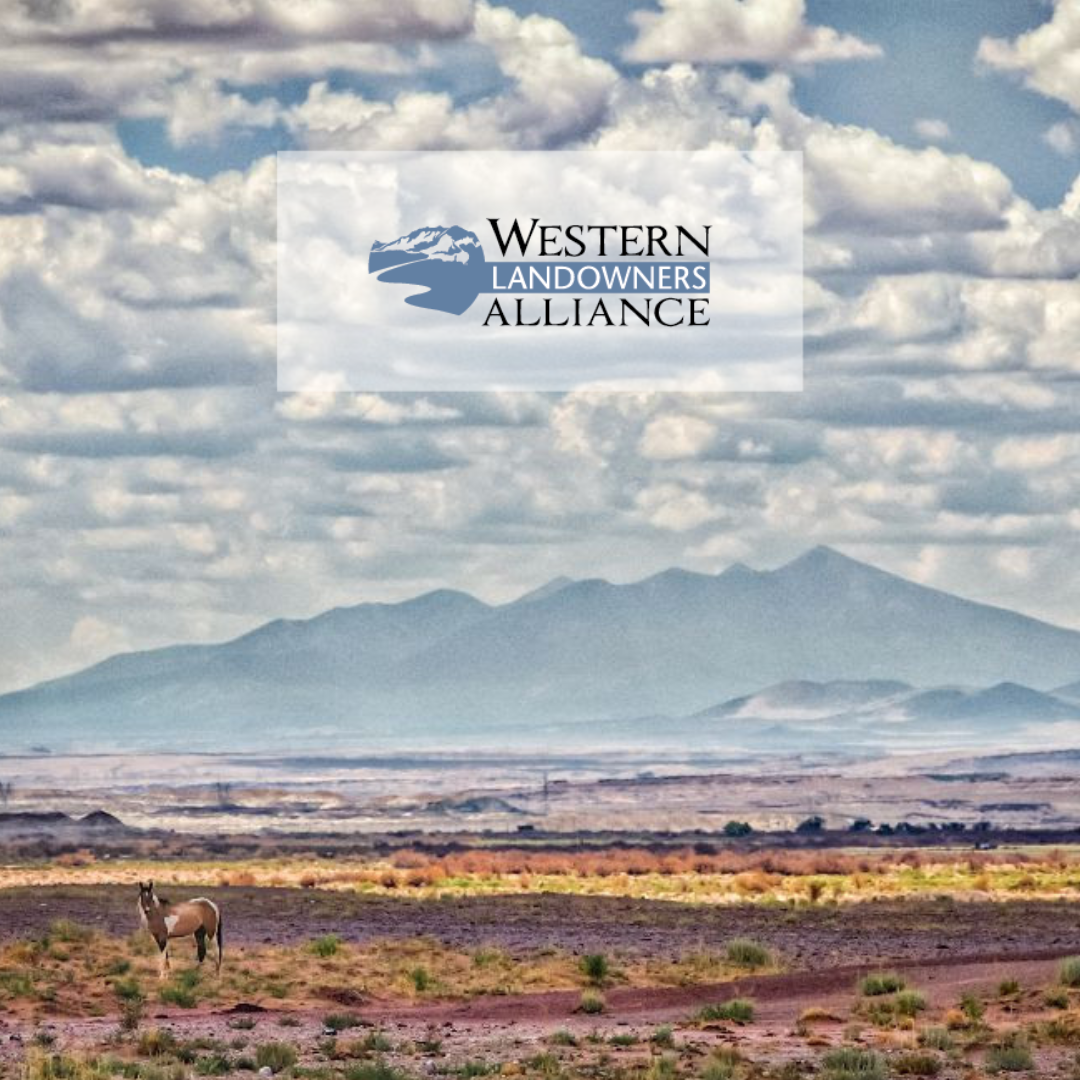USDA, U.S. Fish and Wildlife Service Launch Ecosystem-Wide Effort to Aid Southwestern Willow Flycatcher and Other Riparian Species
Working Lands for Wildlife Boasts New Practices, Greater Predictability for Landowners in Six Western States
WASHINGTON, March 30, 2015 – The U.S. Department of Agriculture’s Natural Resources Conservation Service (NRCS) and the U.S. Fish and Wildlife Service (FWS) today unveiled an ecosystem-wide model to aid the Southwestern willow flycatcher and help western landowners. The model will enhance or restore habitat for at-risk, threatened and endangered species while supporting working lands in Arizona, California, Colorado, Nevada, New Mexico and Utah. The program builds on existing partnerships with landowners in the Southwest to support habitat improvement for the Southwestern willow flycatcher, along with 83 other species that depend on the same riparian ecosystem. This action will result in healthier ranges, more productive ranches, and more robust rural economies.
“By focusing on predictability on an ecosystem level, we will bring together an even larger group of agricultural producers in the Southwest to create habitat for the flycatcher and other wildlife,” said NRCS Chief Jason Weller. “These efforts will not only support the many species that depend on this riparian ecosystem, but also help ranchers move to more sustainable grazing systems and give them the support they need to keep their lands working.”
“These efforts will help ensure not only the long-term health of ecosystems and countless species vital to the West, but they will assist rural landowners and provide tangible benefits to local economies,” said FWS Director Dan Ashe. “The Service has a long record of working with federal and state agencies and private landowners in creating holistic, long-term solutions such as this.”
These efforts are part of the Working Lands for Wildlife (WLFW) partnership between NRCS and FWS, which helps create habitat on working landscapes for seven different at-risk, threatened or endangered species, including the flycatcher. Through WLFW, producers who maintain conservation prac¬tices and systems that benefit the targeted species will be covered for any incidental take that may occur as a result of the conservation activities for up to 30 years.
Over the past three years, NRCS has worked with landowners in these six states to restore or enhance more than 7,000 acres of riparian land that the Southwestern willow flycatcher relies on for nesting habitat. Expansion of this program will engage more landowners by providing incentives for six additional conservation practices. It will also expand the scale of the program by providing predictability under the Endangered Species Act for 83 species in addition to the flycatcher. Some of the other species that share riparian habitat with the flycatcher in the Southwest include the New Mexico meadow jumping mouse, yellow-billed cuckoo, Chiricahua leopard frog and the Least Bell’s vireo.
The six new conservation practices available through WLFW for the flycatcher include: installation of a stream crossing, pumping plant, micro-irrigation system or livestock shelter; mulching; and planting for species habitat. These are among the supporting conservation practices that NRCS offers to ranchers.
This effort builds on the historic success of voluntary conservation practices on private lands that benefit wildlife while supporting working lands. Recently, due in large part to proactive steps by private landowners, FWS delisted the Oregon chub, the first fish species to be delisted due to recovery. Listing the Arctic grayling was not required because of similarly successful efforts to improve aquatic habitat. Additionally, through their partnership in the Sage Grouse Initiative, the agencies have seen gains in habitat creation for the greater sage-grouse through which private landowners have restored 4.4 million acres over the past five years – an area twice the size of Yellowstone National Park.
For more on technical and financial assistance available through conservation programs, visit www.nrcs.usda.gov/GetStarted or a local USDA service center.
#
USDA is an equal opportunity provider and employer. To file a complaint of discrimination, write to USDA, Assistant Secretary for Civil Rights, Office of the Assistant Secretary for Civil Rights, 1400 Independence Avenue, S.W., Stop 9410, Washington, DC 20250-9410, or call toll-free at (866) 632-9992 (English) or (800) 877-8339 (TDD)or (866) 377-8642 (English Federal-relay) or (800) 845-6136 (Spanish Federal-relay).
The U.S. Fish and Wildlife Service works with others to conserve, protect, and enhance fish, wildlife, plants, and their habitats for the continuing benefit of the American people. For more information, visit www.fws.gov, or connect with us through any of these social media channels: Facebook, Twitter, Flickr, YouTube.
Join WLA to stay up to date on the most important news and policy for land stewards.
Become a member for free today and we will send you the news and policy developments critical to the economic and ecological health of working lands.
WLA works on behalf of landowners and practitioners throughout the West. We will never share your contact information with anyone.
©2025 Western Landowners Alliance • PO BOX 27798, Denver, CO 80227 • 505.466.1495
Western Landowners Alliance is a 501 (c)(3) non-profit recognized by the IRS.
Tax ID: 46-1346488
